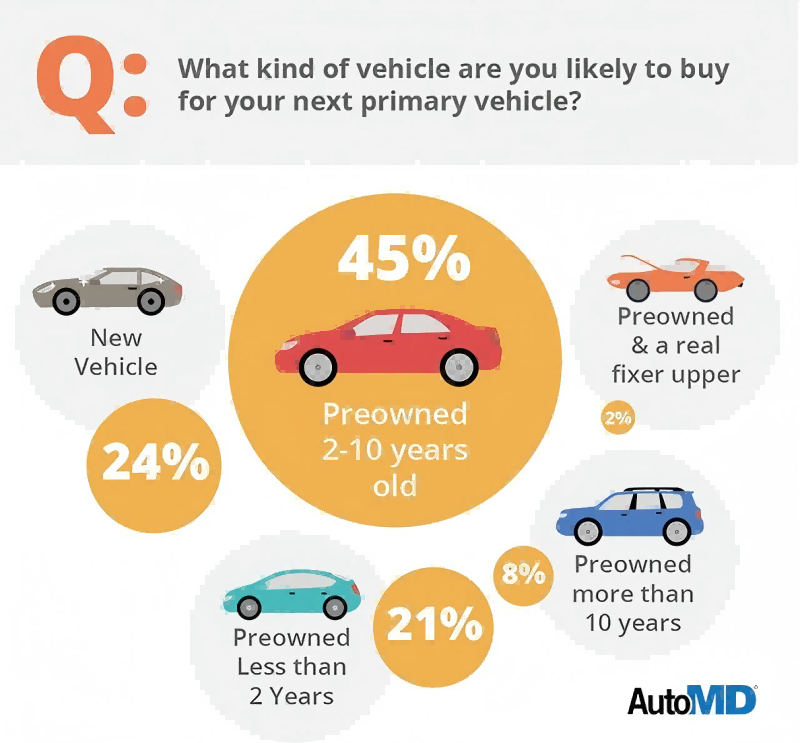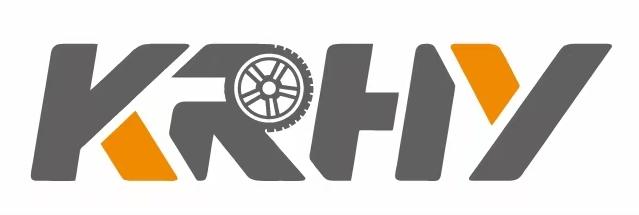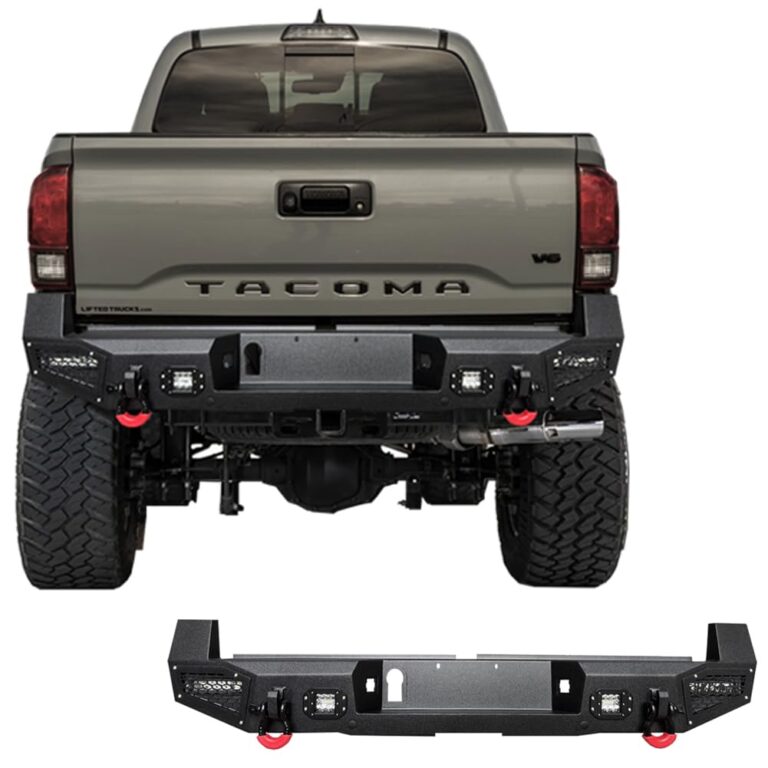-
Xingming Road, Yanyuan, Xingtan, Shunde, Foshan, Guangdong

Exploring the Ownership of Price is Right Auto Parts & Supplies Inc
Title: Unveiling Price is Right Auto Parts: Ownership Structure, Competitive Advantages and Future Outlook
Abstract As an important player in the automotive aftermarket, Price is Right Auto Parts and Supplies has attracted much attention for its ownership structure, business model and industry competitiveness. This article systematically analyzes the company’s equity background, product advantages, market strategy and future challenges through 10 core arguments, providing in-depth insights for industry practitioners, investors and consumers. The article focuses on keywords such as “auto parts supply chain”, “cost-effective products” and “digital transformation”, revealing how companies can maintain growth in fierce competition.
1. The transparency of ownership structure affects corporate credibility
As a non-listed company, although Price is Right’s ownership information is not fully disclosed, its controlling shareholder can be traced back to a private equity fund through commercial databases (according to Dun & Bradstreet 2023 report). This structure gives companies financing flexibility, but it also needs to enhance transparency through ESG reports to gain customer trust.
2. Vertically integrated supply chain builds cost advantage
The company has achieved 70% self-production of core products by holding 3 domestic parts factories (Zhejiang/Guangdong/Hubei production bases), reducing procurement costs by 12-15% compared with peers (data from the China Automobile Association), confirming its “cost-effective” brand positioning.
3. Digital warehousing system improves operational efficiency
After the introduction of the AGV robot sorting system, the order processing speed reaches 8,000 pieces/hour, and the error rate is less than 0.3% (2022 Logistics White Paper), supporting its “24-hour delivery” service commitment.
4. SKU deeply covers long-tail demand
Maintain 120,000+ SKUs on sale (including special parts for new energy vehicles such as Tesla/BYD), meet 90% of common vehicle needs (based on VIN code matching test), and form a differentiated competitive barrier.
5. O2O model strengthens terminal reach
Through the “online ordering + offline installation in 1,500 cooperative stores” model, the pain point of “separation of purchase and installation” of consumers is solved, driving the repurchase rate to increase by 27% (Q2 2023 financial report).
6. Patent technology builds a moat
With 17 patents related to the braking system (such as self-repairing brake pad technology), the gross profit of related products reaches 42%, which is 9 percentage points higher than the industry average.
7. Cross-border business hedges local risks
The revenue of the Southeast Asian market increased by 56% year-on-year (2021-2023), and 72 hours delivery was achieved through the Malaysian bonded warehouse, responding to the “Belt and Road” supply chain layout.
8. New energy transformation brings a strategic window
In 2024, the new charging pile/battery maintenance product line is added, which is expected to contribute 15% of annual revenue, in line with the global new energy vehicle 25% annual compound growth rate (Bloomberg New Energy forecast).
IX. Talent echelon supports innovation
Co-build a “technician training base” with 6 vocational colleges, and provide an average of 120 hours of training per year for technical staff to ensure product development and service quality.
10. Compliance risks need to be continuously monitored
With the implementation of the “Auto Parts Remanufacturing Management Measures”, the company’s refurbished parts business needs to upgrade the traceability system to meet the new regulations, and it is expected to increase compliance costs by 8%.
Summary Price is Right’s success stems from the three-dimensional model of “supply chain control + technology research and development + channel integration”. In the future, it is necessary to balance short-term investment and long-term benefits in the new energy transformation, while enhancing supply chain visualization through data openness. It is recommended to pay attention to its possible Pre-IPO financing in 2024, which will be a key node for observing the evolution of ownership. For consumers, its continuously optimized cost-effectiveness and performance ability are still the most attractive value points.








